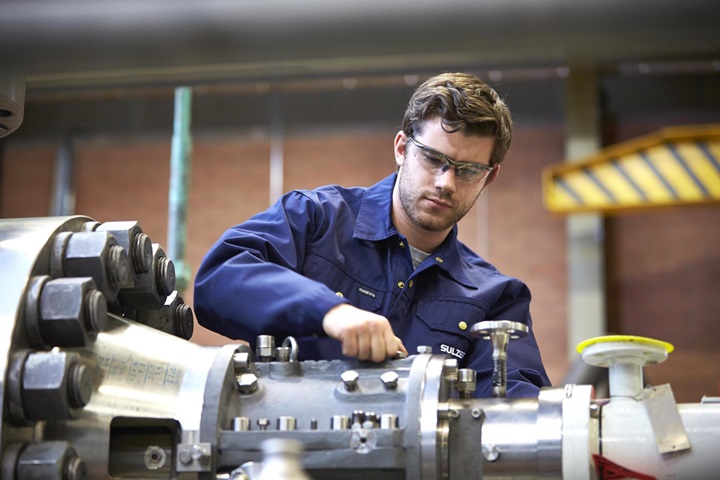Explore our solutions
-
RetrofitRetrofitting your critical assets with the latest technology will maximize performance, minimize costs, and improve reliability.
-
Reverse engineeringRe-engineering provides customers with an alternative for sourcing parts for their equipment. Whether looking to upgrade components, quicker deliveries, or replacing parts, re-engineering provides an opportunity to ensure your equipment keeps running at peak performance.












